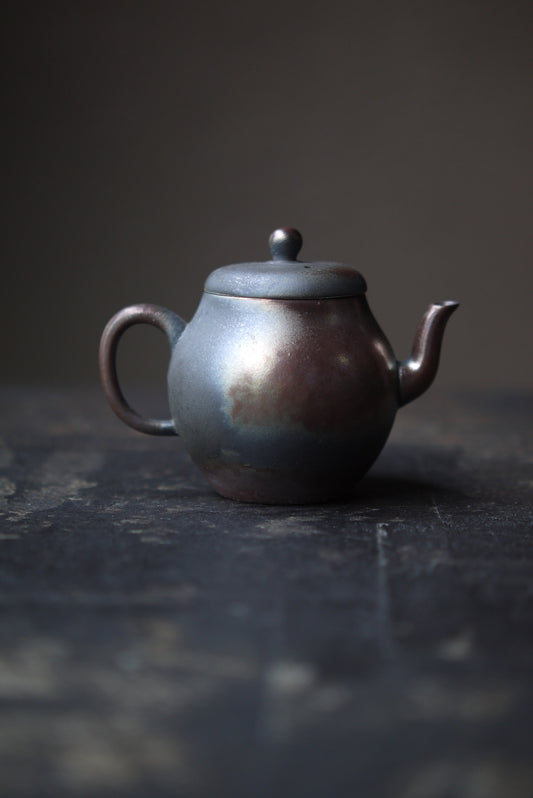
Which is Better: Thin or Thick Porcelain for Tea?
YuanKevinShare
When it comes to porcelain tea sets, the thickness of the body significantly impacts the tea-drinking experience. Whether it's the elegant thin body or the heavy thick body, both have their unique characteristics and purposes. This blog will explore the concept of thick and thin porcelain, the difficulty of crafting each, their impact on tea tasting, and their respective pros and cons.
1. What are Thin and Thick Porcelain?
For a teacup, any porcelain body thinner than 1mm is considered thin. Thin porcelain is achieved through a refining process where layers of the clay body are carefully trimmed, reducing its thickness from 2-3mm to about 0.5mm. A regular teacup has a thickness of around 2mm, while a thick body is even bulkier, with additional layers of glaze that further increase its thickness.
2. Crafting Difficulty: Thin vs. Thick Porcelain
Both thin and thick porcelain are challenging to craft, but thin porcelain requires more precision. Thinning porcelain to its limits demands meticulous trimming to ensure the body remains intact. While thick porcelain may seem easier, achieving a smooth and even glaze over multiple layers still requires skill and expertise.
3. The Difference in Tea Drinking
Thin and thick porcelain also create different tea-drinking experiences. Thin-bodied porcelain is better suited for aromatic teas like oolong, as it helps release the tea's fragrance more effectively. In contrast, thick porcelain enhances the richness of the tea soup, making it ideal for stronger teas like Pu'er and black tea. The thick glaze on these cups gives the tea a glossy, almost oily appearance.
4. Pros and Cons of Thin and Thick Porcelain
Thin porcelain is prized for its elegance and translucency, but it’s also more fragile and prone to breaking. Thin cups can become too hot to handle, and in some cases, the thin rim may even cut the lips. Thick porcelain, on the other hand, offers better insulation and durability. Its heft adds a sense of stability, but it can feel bulky and less refined when held.
5. Which is Better: Thick or Thin?
There’s no definitive answer to which is better. Thin porcelain is often preferred for its aesthetic appeal, while thick porcelain has its own charm with a sense of gravitas. Both represent an extreme pursuit of craftsmanship, and this desire to push boundaries is what drives innovation and progress in porcelain making.








